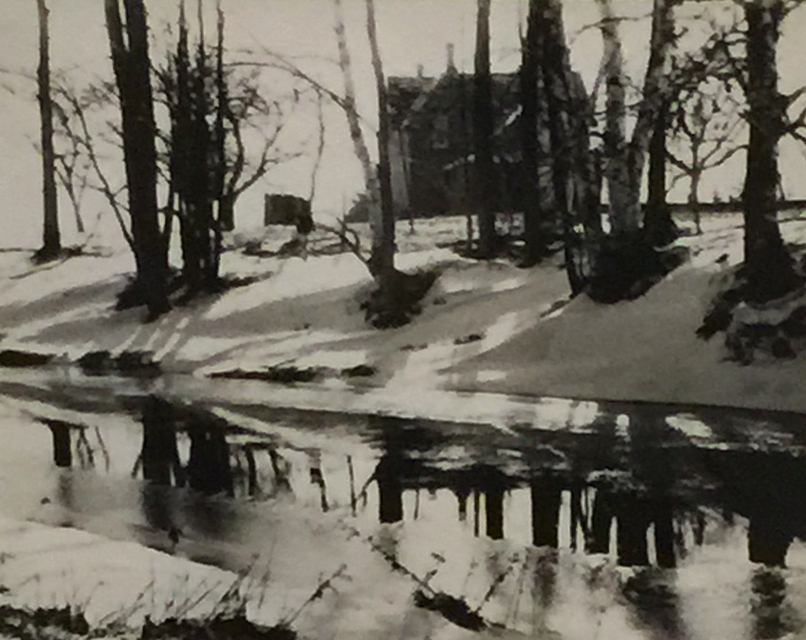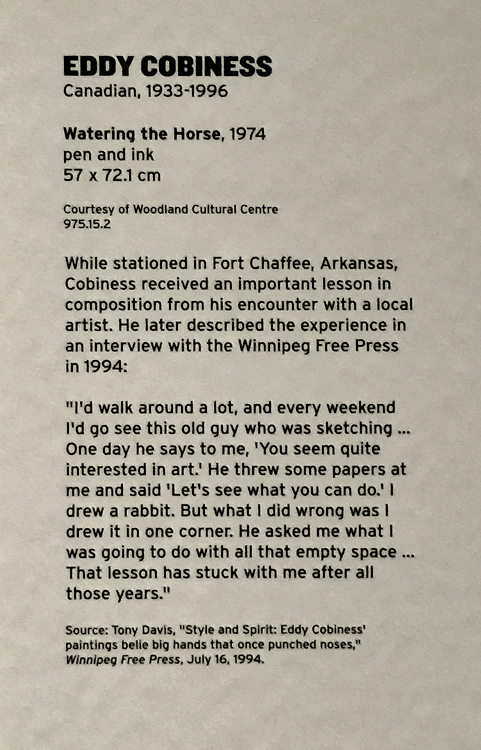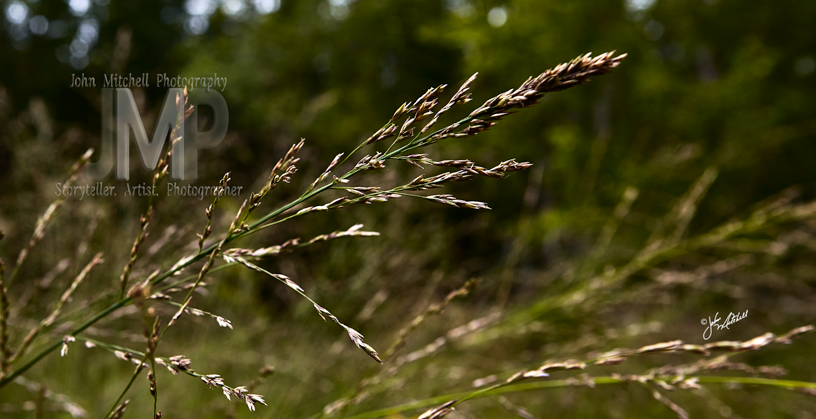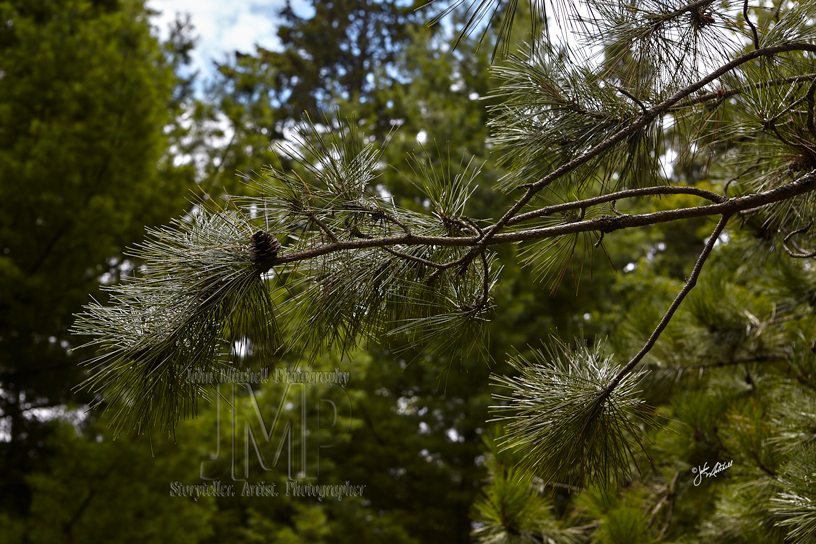When an artist takes a photograph, it is just their choice of medium. So why is it so hard to accept photography as art?
This past week I took a day to visit the McMichael Canadian Art Gallery once again. These visits are far too rare, in my opinion, as I find them educational and therapeutic.
Before I actually talk about this visit I should comment on my August outing to the gallery. My ventures are usually connected to a particular gallery showing that I want to see. In August it was a display of photographs created as a foundation of reference for paintings by the group of seven. (It was on this visit that I actually learned that the famous painter Tom Thomson was not a member of the Group of Seven, although he was closely associated with many of the painters that were members.)

The lesson learned on my August tour of the gallery was the importance of the “artistic eye.” There was a distinctive difference in looking at the photographs created by these artists. The difference was a combination of composition and perspective. The photographic images possessed the same look as seen in many of their paintings. Each had a strong obvious subject, leading lines, texture, foreground, middle ground and background. These same characteristics of soft curved leading lines that take the viewer from foreground to background, passing through middle ground where the subject is usually located is characteristic of their paintings.
“We as artists must be careful not to fall prey to another form of colonization.
We must make our own work on our own terms.”Joseph Sanchez
This quote from Sanchez made me think of the importance of individual expression in the images we create. Yet I cannot emphasize enough the importance of understanding the fundamental rules of art in creating images. Of recent, I have read numerous opinions where the author expressed the opinion that many great images had been created completely ignoring the basic rules of composition, etc. Most often I am of the opinion that those statements are made by people that have only a beginners understanding of the principles of art.
When they find an image where the basic rule of thirds has not been followed they accept it as evidence that the maker was able to create a strong successful image without following the rules of composition, instead of thoroughly analyzing the piece to determine what rules the creator has used. The rule of thirds is the beginning of composition that we are all taught. When something doesn’t fit the entry level rules you have to look deeper. For example I have often found portraits where the mask of the face is completely within the top centre third of the composition with no main component of the image falling on a point of impact. Yet when I divide the top centre third into thirds I have found that both the subjects eyes fall exactly on a point of impact within that third.
I am a great fan of the photographs of the great American photographer Ansel Adams. Yet as I have studied his works it is rare to find anything that has followed the rule of thirds. But, if you advance to dividing his images into the rule of eighths you will find foreground lines and horizon lines usually fall right on one of the lines of 8th’s.

The display also contained some photographs along with a finished painting. The painting were made up of sections of two or more of the photographs. This is no different than what is being done with photography today and compositing images to make a picture of something that doesn’t exist.

As exciting as that is, I am concerned that the importance of photography as a means of documenting a way of life can no longer be trusted to be a statement of historical fact, or maybe it never has been.
My trips to a gallery are always enlightening and I believe they make me a better photographer and artist. We all need mentors and can learn from people we admire (dead or alive). This image with the accompanying note of explanation drove that point home.


After my visit in August I took a walk through some of the garden area of McMichael and with my camera tried to look at things with fresh eyes.


The other thing I learned:

I’ll just have to keep going back.



